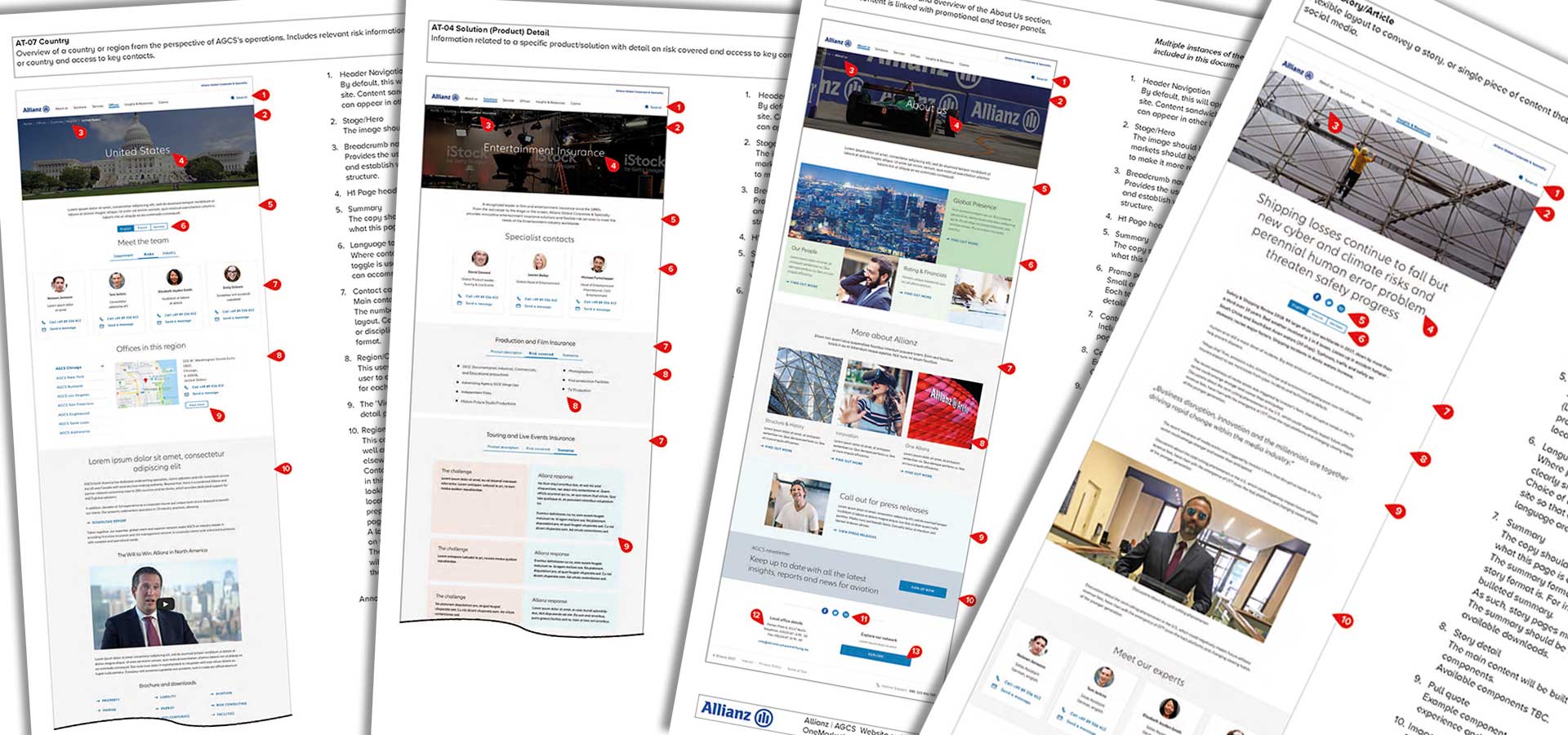

Allianz Global Corporate and Speciality (AGCS) provides insurance for large risk including construction projects, airlines, satellites and even the production of over 20 James Bond movies.
The original AGCS website was in need of replacement, built on EpiServer technology, no longer supported by the vendor, delivering a non-responsive experience and losing traffic. Additionally, as avid content creators, AGCS had a huge repository of articles, reports and white papers, but how much was still relevant to the current audience?
Allianz Group had commissioned a new global Adobe Experience Manager platform and a design system that would accommodate all the group businesses. AGCS would be migrating to the new platform but wanted to maximise the opportunity and design a website fit for the future.
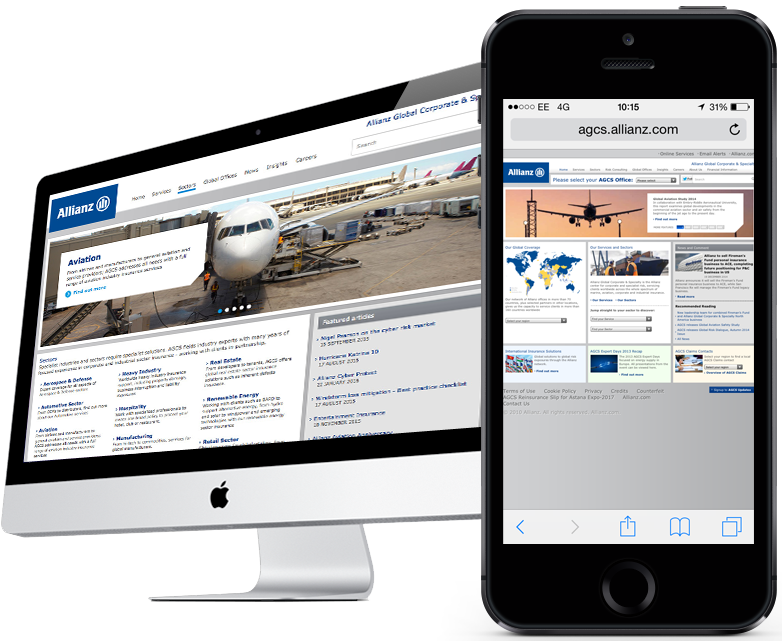
With an offering that is far removed from the consumer-facing insurance business, AGCS operates a global network of specialists and experts. Their teams build insurance policies that are specific to industry sector, jurisdiction and risk size. This is as much about selling expertise as it is the product.
The AGCS website needed to position the business as thought leaders in their realm, strengthening their reputation and supporting other external communication channels.
To understand how best to do this, I created a UX discovery plan that would cover the following activities:
This was run in parallel to tech, SEO and content team activities, including:
Discussions with the AGCS Global Head of Communications allowed me to identify key people within the business that would likely provide insights into audience needs, the ways of doing business and requirements of a new website. These included market managers, underwriters, claims handlers and new joiners. The last were included to get an understanding of the recruitment process and whether life on the inside measures up to the careers information that tempted them to apply for a role at AGCS.
Once the internal interviews were in the bag and I had a good understanding of how the purchase and management of insurance at this level worked, I moved on to the audience and spoke to Finance Directors, Consultants, Technical Directors and Risk Managers.
All interviews were transcribed and key take-outs summarised. It was clear that the audience might read AGCS material if delivered in email, but were unlikely to visit the site unless looking for specific evidence related to an immediate need.

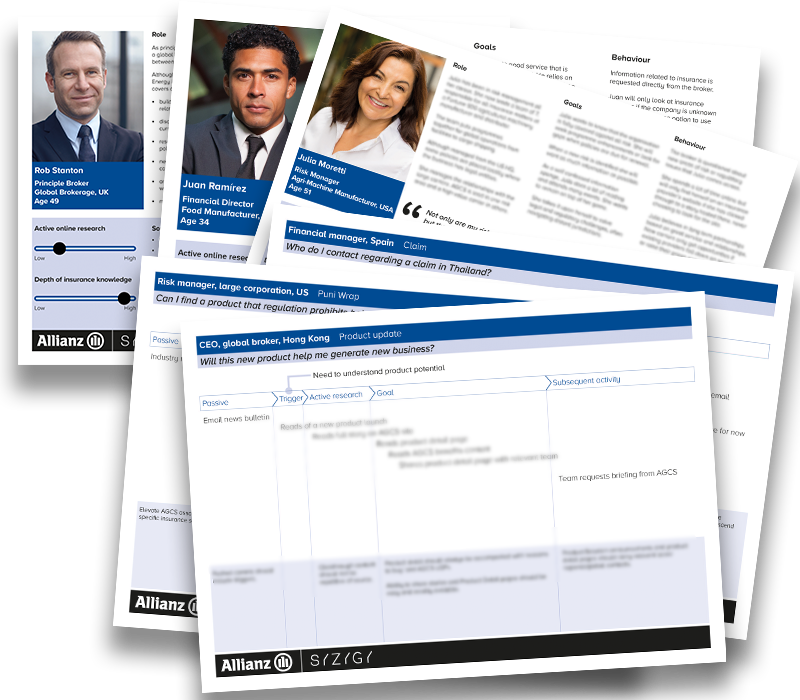
The interviews helped feed into the creation of personas and draft user journey documentation.
These would then act as points of reference for the whole production team to ensure we were creating a user-centric web experience.
Over a series of workshops we developed our understanding of the AGCS marketing model and how the reports and articles are written and published. Our learnings helped provide insights that would be used to design the information architecture for the new site. Considerations included:
Workshops included card sorting exercises for both site level IA and page templates. At page level I wrote a series of questions/missions that came from our user research. The AGCS stakeholders then aligned content types and subject matter around those question cards.
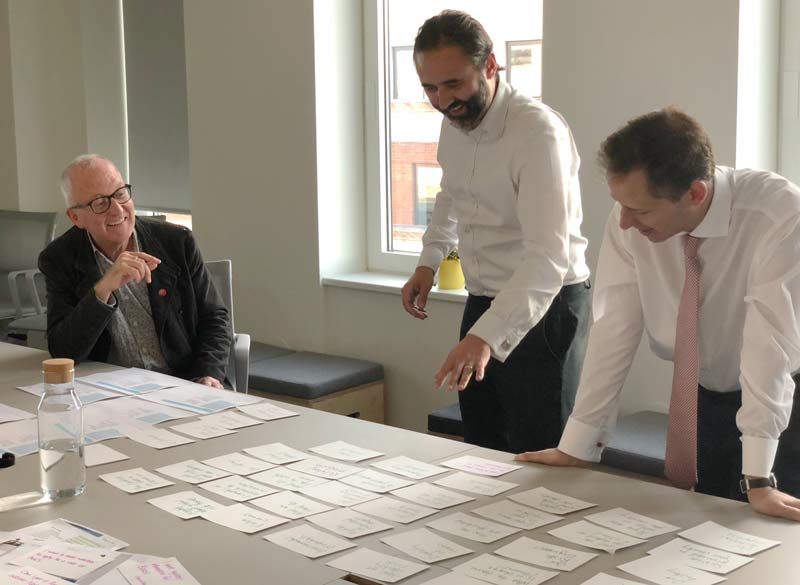
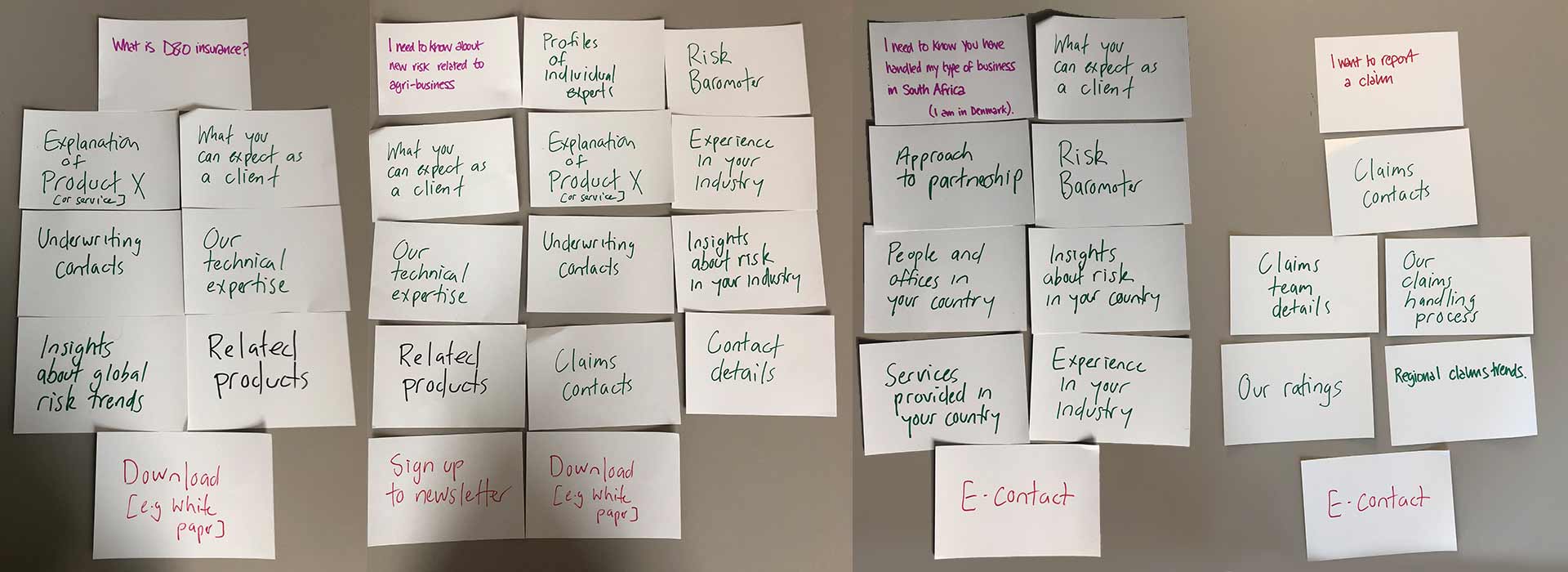
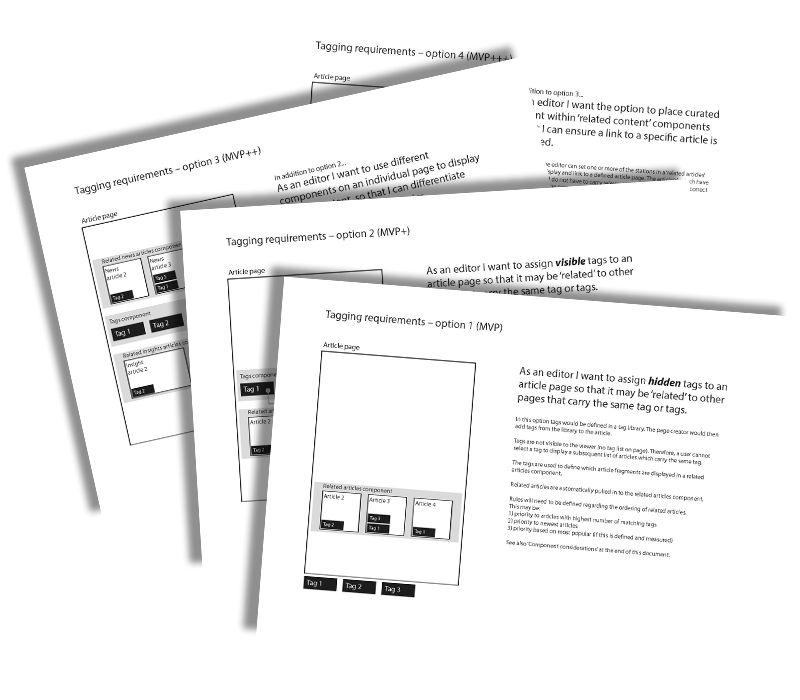
We also investigated the new Allianz design system of page templates, components and elements and very quickly realised that it had been designed primarily to accommodate consumer-facing transactional insurance websites. AGCS would require heavy use of editorial layouts with functionality such as tagging, comprehensive search and data visualisation. For this we would need to design new components and have them added to the Allianz backlog.
I worked closely with their technical teams in Munich to navigate any constraints and negotiate MVP requirements that could be realised within short time frames. This was often done by submitting options for designs, with clearly marked preferences, all annotated with rationale.
Our key deliverables were new site map and a series of page templates along with sets of experience principles that editors would work to. We also delivered training in AEM.
I worked with the creative team to develop the templates, providing hand annotated wires that could rapidly be translated into page mock ups using components from the Allianz library. Where necessary we built some click through prototypes which were tested internally and shared with stakeholders. Most of these were to sense check content sequences rather than test complex functionality, of which there was none.
After sign-off, the Allianz developers in Germany built to our specifications and the AGCS team populated the site. The resulting experience is considerably easier to navigate, having been built upon simplified IA. The site conveys the business’s wealth of knowledge and expertise across industries and jurisdictions and very quickly links the visitor to relevant experts. Management of content is streamlined, providing efficiencies for editors around the globe. Analytics provided evidence of immediate reductions in bounce rate and increased dwell time now that AGCS had a responsive site fit for the future.

